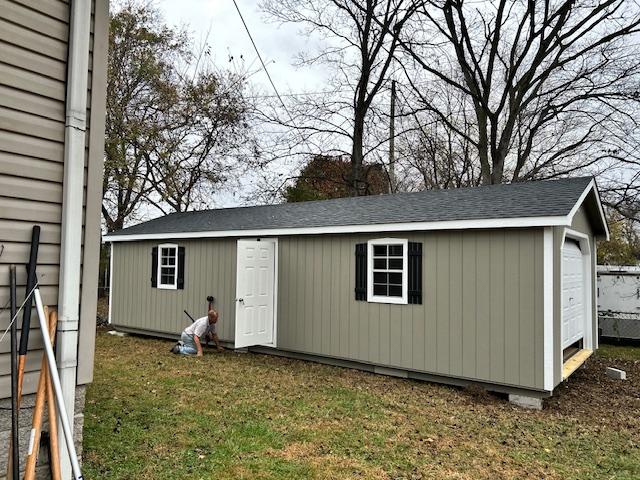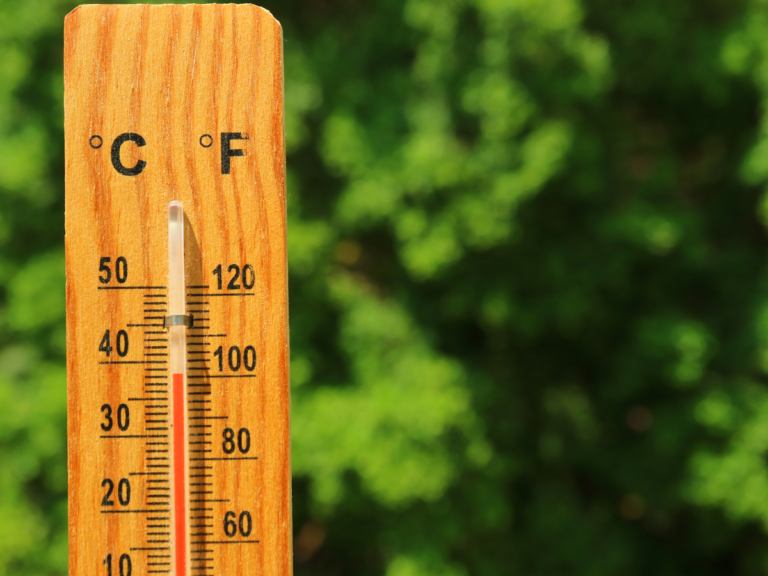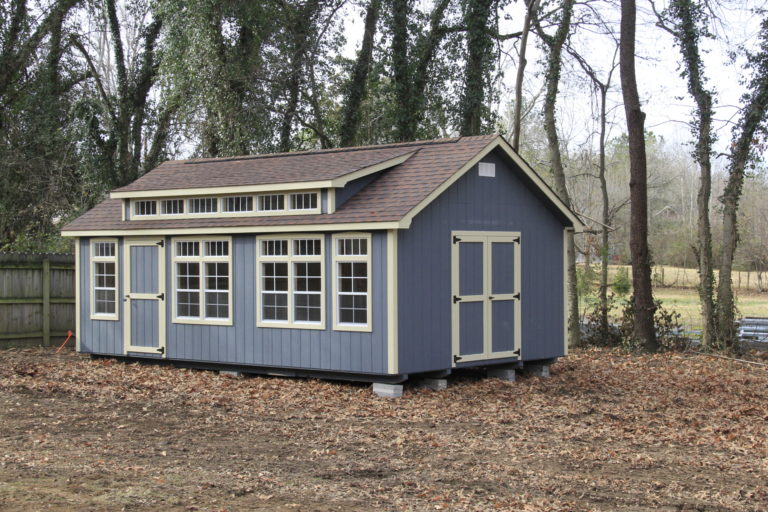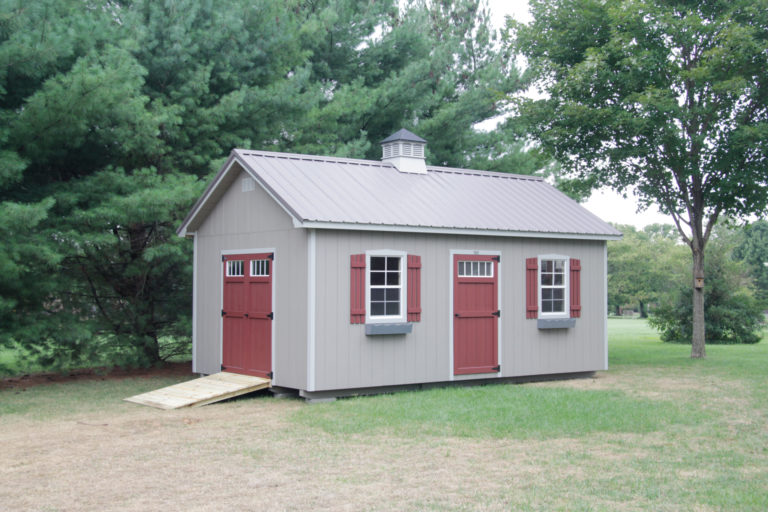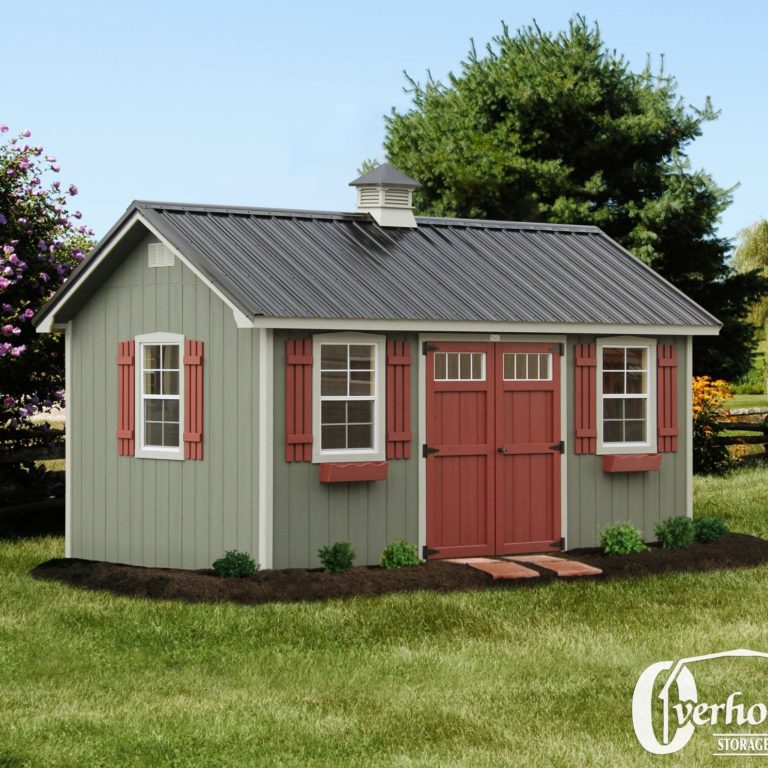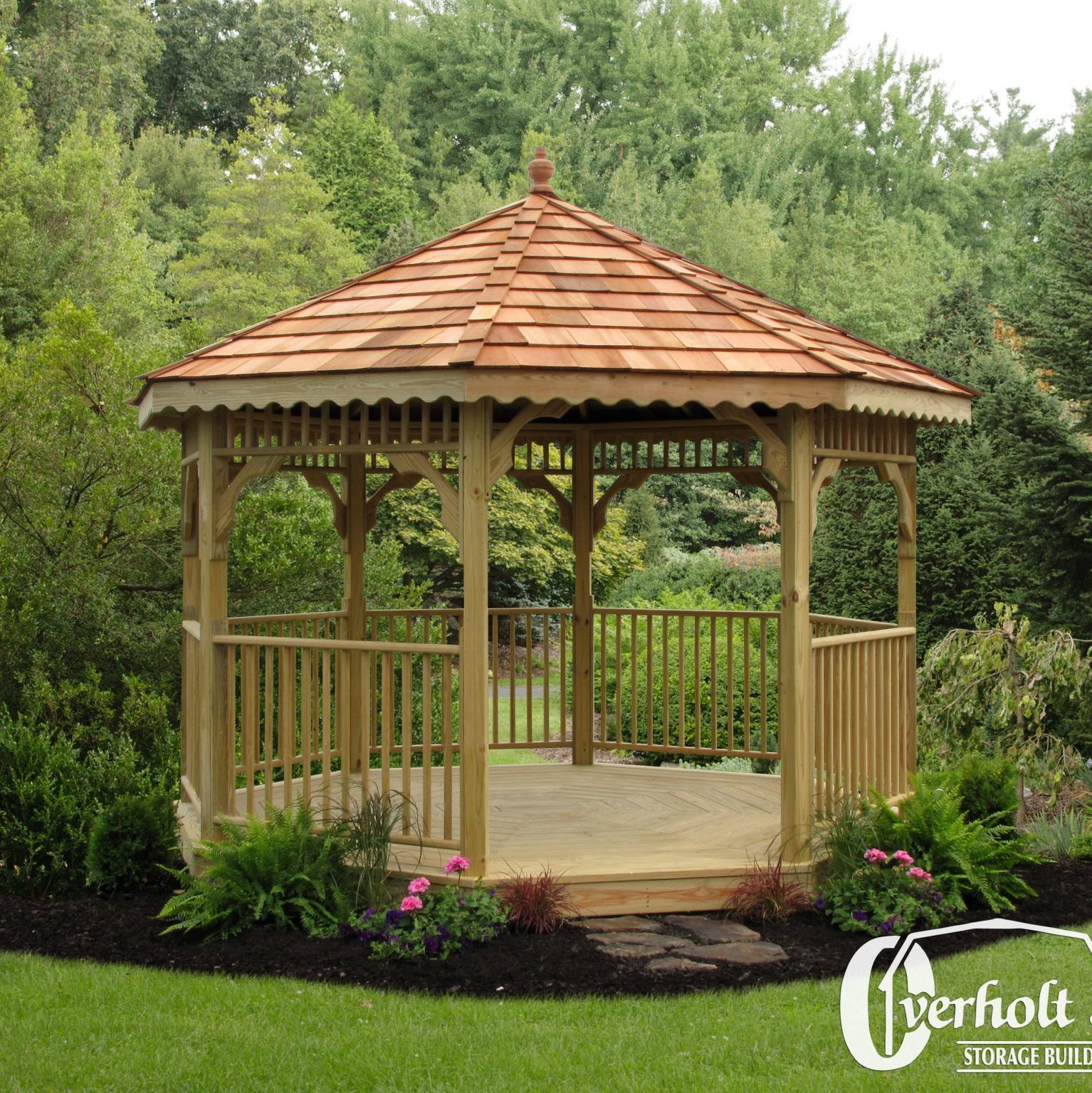A Simple Guide To Shed Insulation | What You Need To Know
If you’re considering upgrading your simple storage shed to a living space or buying a new one for that exact reason, you might want to consider shed insulation. In this article, we’ll go over some reasons why you might want to insulate your shed, reasons why you might not want to insulate your shed and explore some of the best options so you can get the best bang for your buck.
Can You Insulate A Shed?
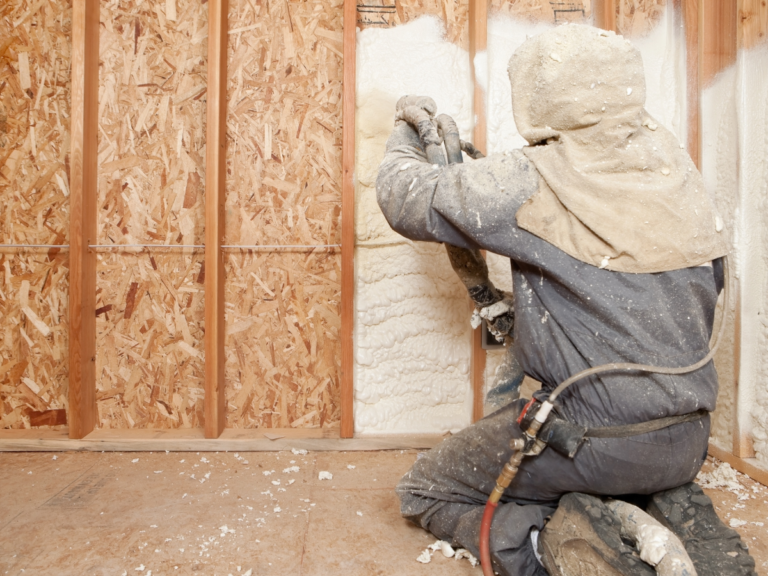
Yes, you can insulate a shed and it is recommended you insulate a shed if you plan on using it as a living space or hobby room. It’s actually a pretty simple process as well, although we’ll discuss some seemingly difficult topics in this article, once it’s all out in front of you, you’ll be a master shed insulator.
Why Should You Insulate Your Shed?
Shed insulation is no different than insulating your own home. From overall comfort to improving living conditions, insulating a shed ensures that it is safe and livable. Take a look below to see some of the benefits of insulating a shed.
Temperature Control
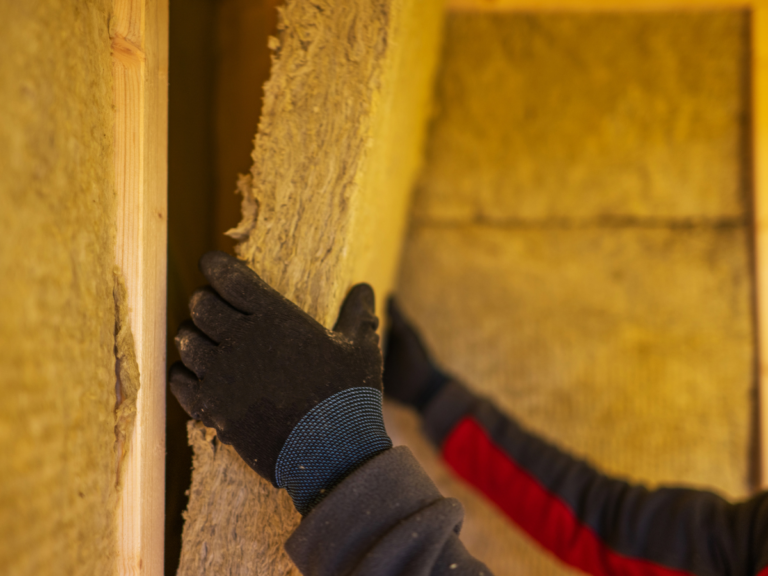
This is a big benefit of shed insulation if you plan on staying in your shed for long hours. Temperate control and consistency basically mean that you won’t have to worry about the outside temperature or weather to use your shed. Without shed insulation, that is what your shed’s temperature depends on, but with it, heat is retained longer in cold weather and cold air is retained longer in hotter weather. If you live in a region with a fluctuating climate, insulating your shed would do wonders for you.
Increase Usage
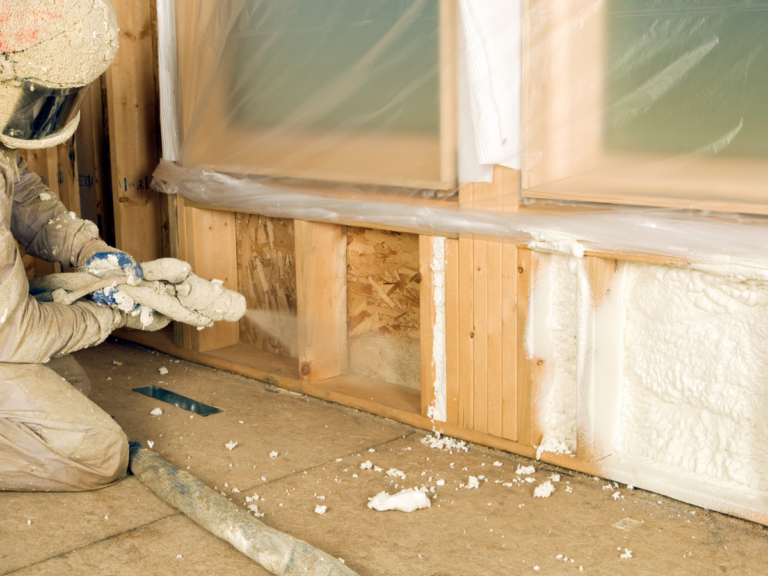
Increasing usage refers not only to the longevity of your shed’s lifespan but also to the amount you can use it. Without shed insulation, it is a limited structure that can only be used to store gardening equipment or occasionally during milder weather conditions. Once your shed is insulated, you open up so many doors for yourself. Maybe you want a man cave in your backyard filled with all the things you love. Or maybe a sewing room where you can work on your craft. These possibilities and much more become not just a dream but a reality with shed insulation.
Protection From Rot and Mold
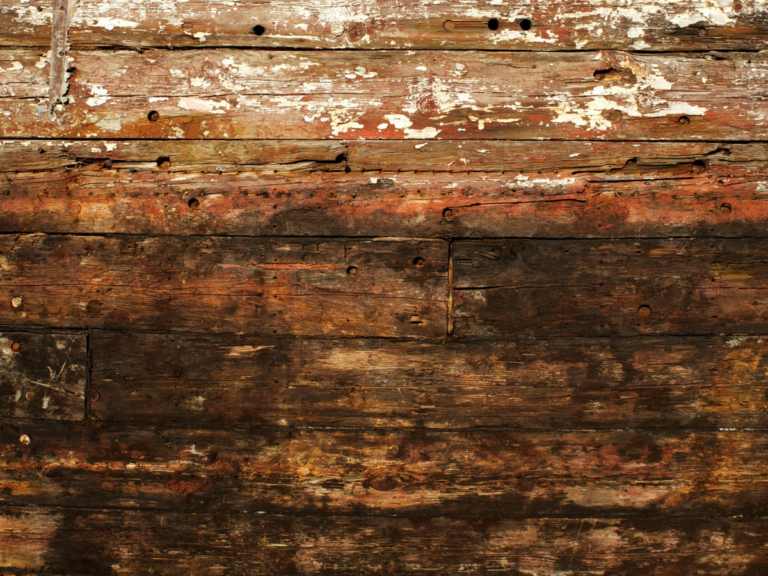
If you live in hotter and more humid climates, your shed is at risk of getting damp and moist. This can cause unfavorable conditions in your shed like rot, and mold. And in cases of metal sheds, it can cause it to start rusting. Shed insulation can balance out the temperature in your shed and have it be more consistent so mold and rot and rust can be fought away. With some forms of insulation, you can even stop the outside moisture from coming in!
Do I have To Insulate My Shed?
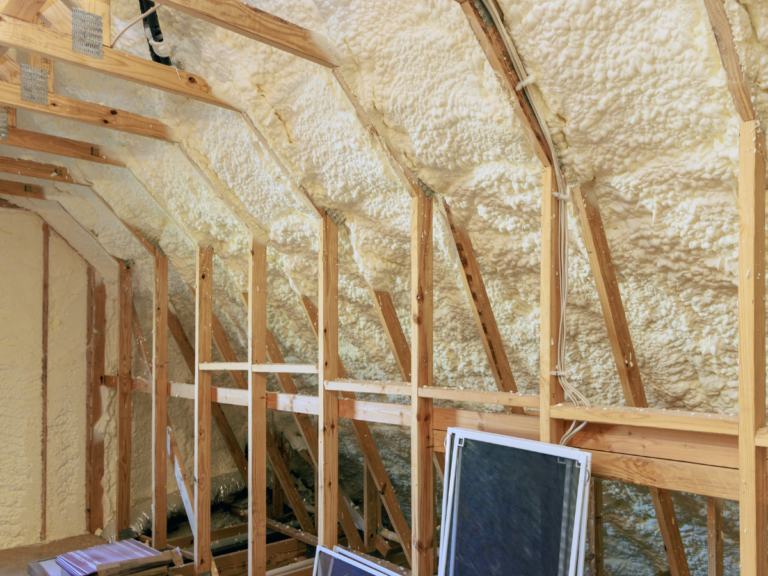
Although it is recommended to insulate your shed, not every shed needs insulation. If you plan on using your shed just as simple storage, you should be fine to skip insulation. If you plan on keeping tools, equipment and other things in your shed for very long periods of time, insulation could be done to help prevent rust.
What Are The most Common Insulation Types For Sheds?
You can choose from a variety of shed insulation, some which are cheaper and some more expensive. The type you choose all depends on your budget and how you plan on using your shed. Read below to learn about the different types of insulation used in sheds and determine which one is right for you!
Spray Foam Shed Insulation
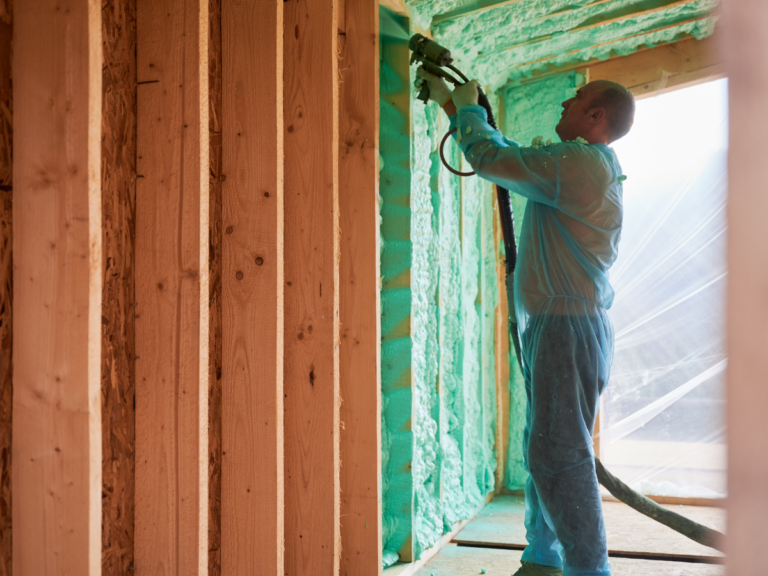
Spray foam insulation is one of the most effective ways to insulate your shed. Although it does come with a steeper price, what makes spray foam insulation great for sheds is its quick and easy installation. On top of this its ability to fill all the gaps in the walls and roof and provide superior thermal performance. It can also help reduce the risk of damaging drafts sneaking into the shed, and will be durable enough to handle most weather events without any problems. All in all, if you’re looking for a good option when it comes to insulating your shed and you have extra room in your budget, spray foam insulation could be the option for you!
Fiberglass Shed Insulation
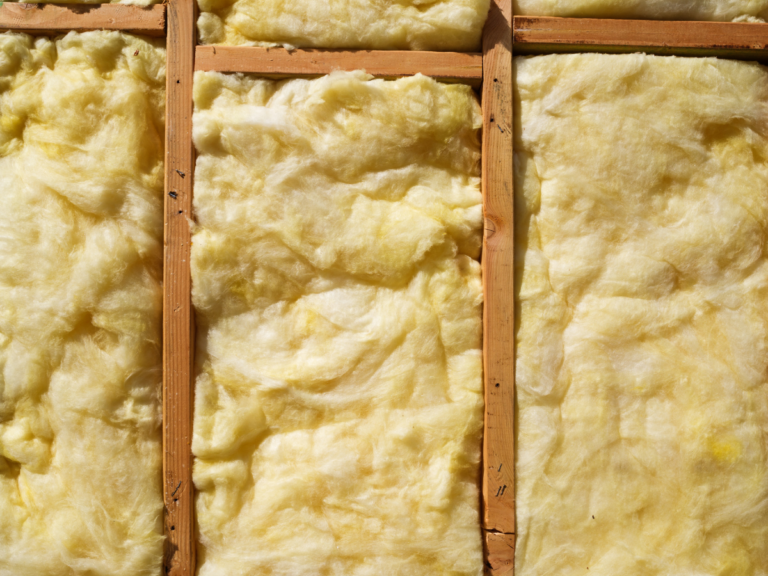
Fiberglass insulation is almost cotton-like in material. It is available in many forms and is created by spinning molten glass into fibers and coating them with binders. Fiberglass is known for being an economical choice when compared to other types of materials, so if you want to save some cash while also keeping your shed comfortable, it’s a great option. Fiberglass insulation can also maintain its performance in extreme temperatures, making it ideal for practically any location that has a shed built.
Some of the cons of fiberglass insulation include its weakness to moisture, which means that moisture, humidity, and leaks can cause mold and mildew, and harmful particles. If your fiberglass insulation deforms due to moisture breathing it can cause coughing, nosebleeds, and other conditions.
Foam Board Insulation
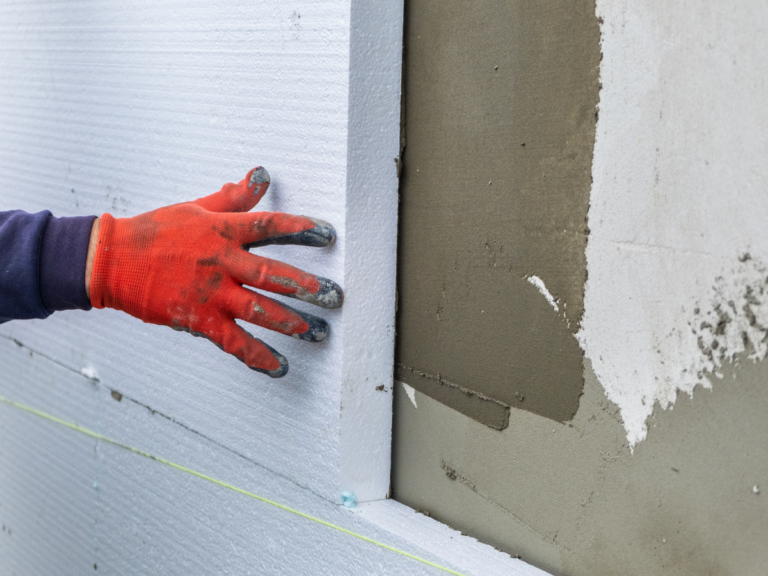
Foam board insulation consists of firm board made from polyurethane, polyisocyanurate, or polystyrene. Foam board insulation is commonly used in houses and is a great affordable insulation option. Since they come in so many different sizes, they can fit all sheds. There are also foam boards that come with a vapor barrier so you can prevent moisture from coming through.
Foam board insulation cons are difficult installation, which refers to the measurements you have to take to make sure the foam boards fit in between your studs, and it’s effectiveness over time. The longer you have your foam board insulation, the less effective it becomes.
What Is The Most Effective Insulation For Sheds?
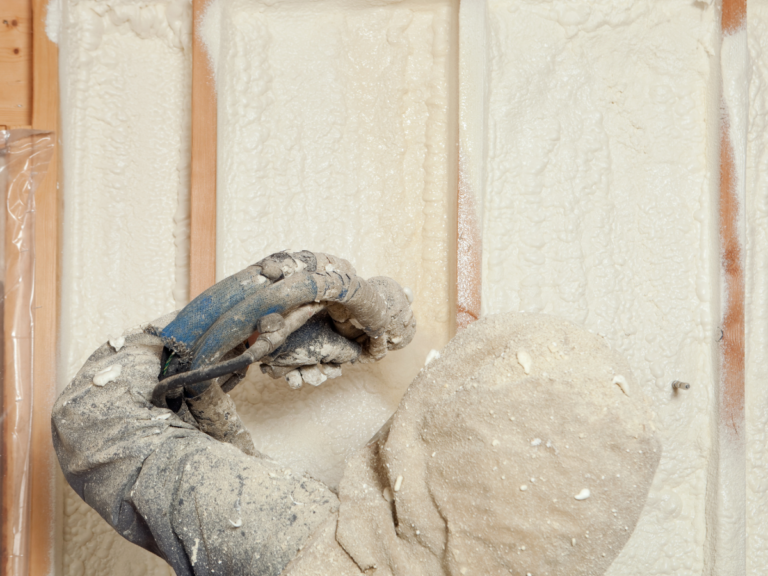
To explain what the best shed insulation is, we need to touch up on a subject called R-values. R-values basically measures how well insulation can prevent the flow of heat into and out of your shed or home. Basically, the higher the R-value, the higher the performance of your insulation.
So how are different types of insulations measured for R-value? Stick with us because it can get a little complicated.
The formula for finding the R-value is:
R = ∆T ÷ Heat Flux Through Barrier.
This equation looks more complicated than it is. The ∆T symbol refers to the thickness of your insulation. And “heat flux through barrier” is basically the measure of thermal conductivity in your insulation.
Now in almost every case, you will never have to use this formula. Most insulation already comes with the R-value calculated and all you’ll have to do is input the square footage of your shed and it will tell you how much you need. But it’s still a nice trick to know.
R values vary from insulation type to insulation type. While there’s no “most effective shed insulation,” the ideal and most effective R-values that you want to aim for is anywhere between R-13 and R-23.
What Is The Best Insulation For Sheds?
After research, it’s clear that spray foam insulation is the best overall option for shed owners. Although this insulation comes at a steeper price, it covers every nook and cranny of your wall and has one of the highest-performing R-values.
Conclusion
Now that you know more about shed insulation, go on proud and make the best shed insulation purchase for your needs! Remember to consider the size of your shed, your budget, and how you plan to use your shed. These are all important factors when you’re purchasing. If you’re in the beginning process and you’re interested in sheds, we have a large variety of styles we offer here at Overholt and Sons. Check out our sheds here. Or if you’re ready, you can fill out a free quote form and we’ll get in touch with you to build the shed of your dreams!
